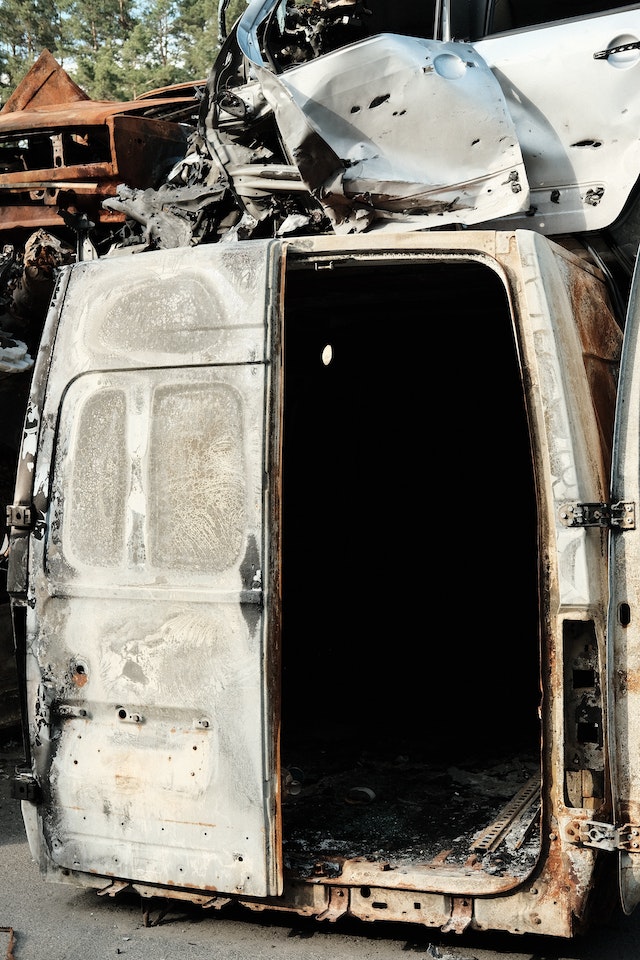
Accidents can happen at any time, and when they do, it’s crucial to know how to respond effectively. It is an unfortunate thing that happens to anyone. Like Rachel Stone car accident, that shocks the whole world.
Whether you’re involved in a car crash, a workplace incident, or a slip-and-fall accident, the steps you take immediately afterward can make a significant difference in ensuring your safety, protecting your legal rights, and getting the necessary assistance.
In this article, we will provide a comprehensive guide on what to do after an accident.
1. Prioritize Safety
The first and most critical step after an accident is to prioritize safety. Ensure that you and others involved are out of harm’s way. If you’re in a traffic accident, move your vehicle to a safe location, turn on hazard lights, and use flares or warning triangles if available. If you’re at the scene of a workplace or home accident, clear any hazards or seek shelter.
2. Check for Injuries
Immediately assess yourself and others for injuries. If anyone is seriously injured or unconscious, call 911 or emergency services right away. Do not attempt to move an injured person unless they are in imminent danger. If there are minor injuries, provide basic first aid if you have the knowledge and supplies.
3. Notify Authorities
Contact the appropriate authorities depending on the nature of the accident:
– For car accidents, call the police to report the incident, even if it seems minor. A police report can be invaluable for insurance claims and legal purposes.
– In workplace accidents, notify your supervisor, manager, or HR department as soon as possible.
– For other accidents, such as a slip-and-fall, inform the property owner, manager, or security personnel.
4. Exchange Information
In a car accident, exchange information with the other parties involved, including names, contact details, insurance information, and license plate numbers. Also, gather contact information from any witnesses to the accident.
5. Document the Scene
If it’s safe to do so, document the accident scene. Take photographs or videos of the damage, injuries, and the surrounding area. This visual evidence can be invaluable for insurance claims and legal proceedings.
6. Seek Medical Attention
Even if you feel fine initially, it’s essential to seek medical attention after an accident. Some injuries, such as whiplash or internal injuries, may not show symptoms immediately. A medical evaluation can detect hidden injuries and provide a record of your condition.
7. Report to Your Insurance Company
Notify your insurance company of the accident as soon as possible. Provide them with all the necessary information, including the police report, if applicable. Cooperate fully with your insurer during the claims process.
8. Preserve Evidence
Keep all relevant documents and records related to the accident, including medical bills, repair estimates, and correspondence with insurance companies. This will be crucial if you need to pursue a legal claim.
9. Consult with an Attorney
If the accident resulted in significant injuries or you believe another party’s negligence was the cause, consider consulting with an attorney. They can help you navigate legal options, negotiate with insurance companies, and file a personal injury claim if necessary.
10. Follow Up on Medical Care
Continue any recommended medical treatment and attend follow-up appointments. This ensures that your injuries are properly documented, and it can also speed up your recovery.
Conclusion
A report says there are two major causes of accidents. One is overspeeding or rash driving and the second one is distraction. Many people use mobile or watch popular anime shows while in the driver’s seat.
Knowing what to do after an accident is essential for your well-being and future legal rights. Prioritize safety, seek medical attention, document the scene, and take the necessary steps to protect your interests. By following these guidelines, you can better manage the aftermath of an accident and work towards a smoother recovery process.